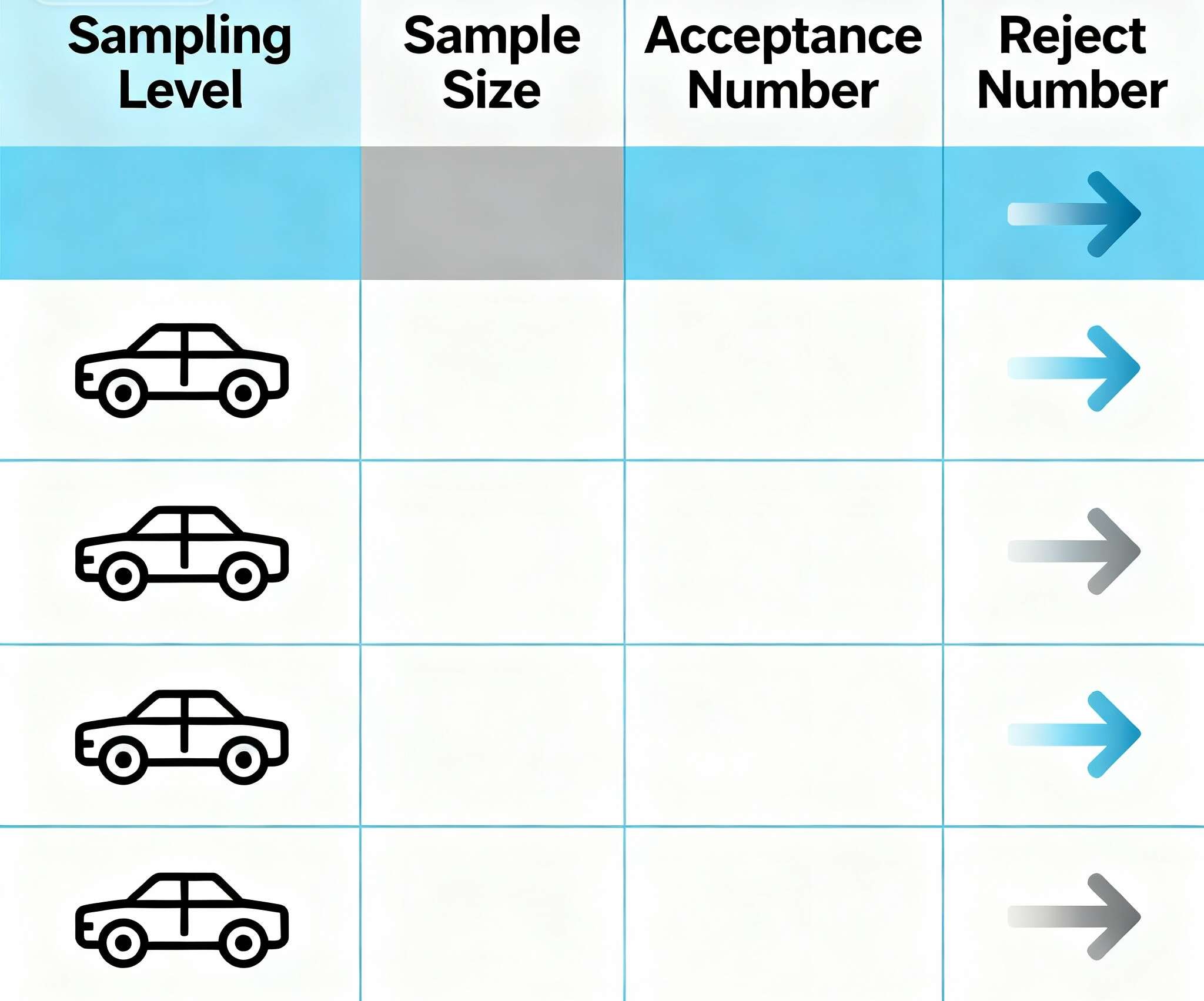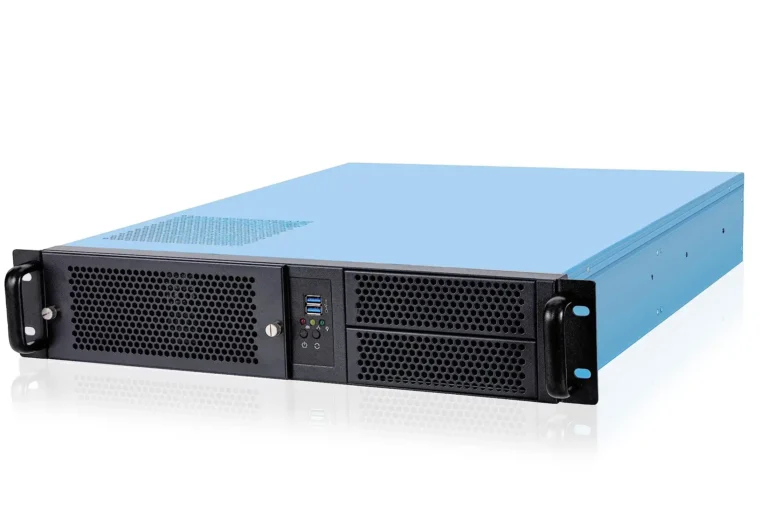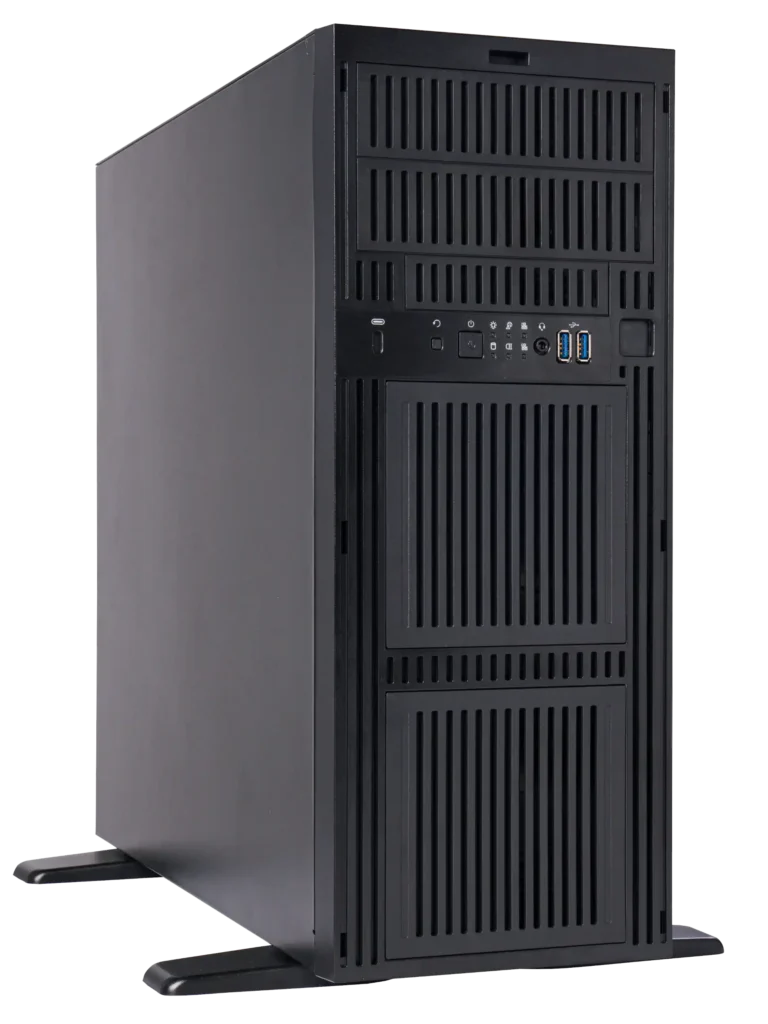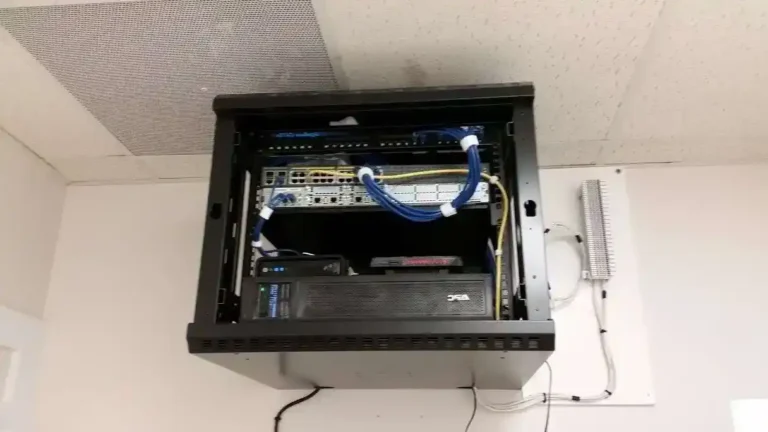가동 시간이 중요하기 때문에 섀시를 제작하거나 구매합니다. 프레임, 레일, 용접 또는 판금 공차가 미끄러지면 팬이 덜거덕거리기 시작하고, 보드가 잘못 장착되고, 진동이 심해지고, 새벽 3시에 누군가의 호출기에 불이 켜집니다. 수락 기준 그리고 AQL 섀시에 대해 간단하고 현장 테스트를 거쳐 생산에 바로 사용할 수 있는 방식으로 설계했습니다. 교과서가 아닌 작업 현장과 품질 관리실에서 사용하는 언어를 사용하겠습니다. 또한 다음에서 어떻게 처리하는지도 알려드리겠습니다. IStoneCase-우리는 대규모로 GPU 및 서버 인클로저를 설계하고 제조하기 때문에 이러한 내용은 이론이 아닙니다.
섀시 허용 기준(치수, 기능, 용접, 마감)
목표: 배송된 모든 섀시가 깨끗하게 장착되고, 올바르게 냉각되며, 이상한 삐걱거림이나 핫스팟 없이 랙 수명을 견딜 수 있는지 확인합니다.
- 치수 / 기계적 맞춤: 레일 홀 피치, 마더보드 스탠드오프 패턴, PCIe 정렬, 팬 벽 위치, PSU 베이 등 모든 데이터 중심 피처의 도면 공차를 준수합니다. 키 핏(레일-랙, 보드-I/O)의 경우 다음과 같이 처리합니다. 특별한 특성.
- 기능: 문이 마찰 없이 열리고 닫히고, 래치가 잠기고, 트레이가 사양의 힘으로 미끄러지며, 팬과 필터는 설계에 따라 도구 없이도 작동합니다. 케이블 레이스웨이는 구부러진 반경 아래 커넥터를 비워야 합니다. 손가락 경로에 버가 없어야 합니다.
- 용접 및 접합: 균열, 융착 부족, 하중 경로에 다공성 클러스터가 없어야 합니다. 박리 테스트당 스폿 용접 너겟이 유지되어야 하며, MIG/TIG 이음새는 인쇄가 요구하는 곳에서 연속적이어야 합니다. 눈에 보이는 스패터가 제거되어야 합니다.
- 완료: 균일한 코팅, 블리스터 없음, 부식 위험 영역에 노출된 가장자리 없음. 접점이 마스킹 처리되어 전도성이 있습니다.
- 취급/포장: 폼과 포장재로 모서리 보호, 대량 배송에 사용되는 충격 표시기, 가독성과 스캔이 가능한 라벨.
간단한 경험 법칙: 서버를 오프라인 상태로 만들거나 카드 스왑을 차단할 수 있는 모든 것 = 중요; 기술자를 느리게 하는 모든 것 = 전공; 화장품 전용 = 미성년자. 쉽게.
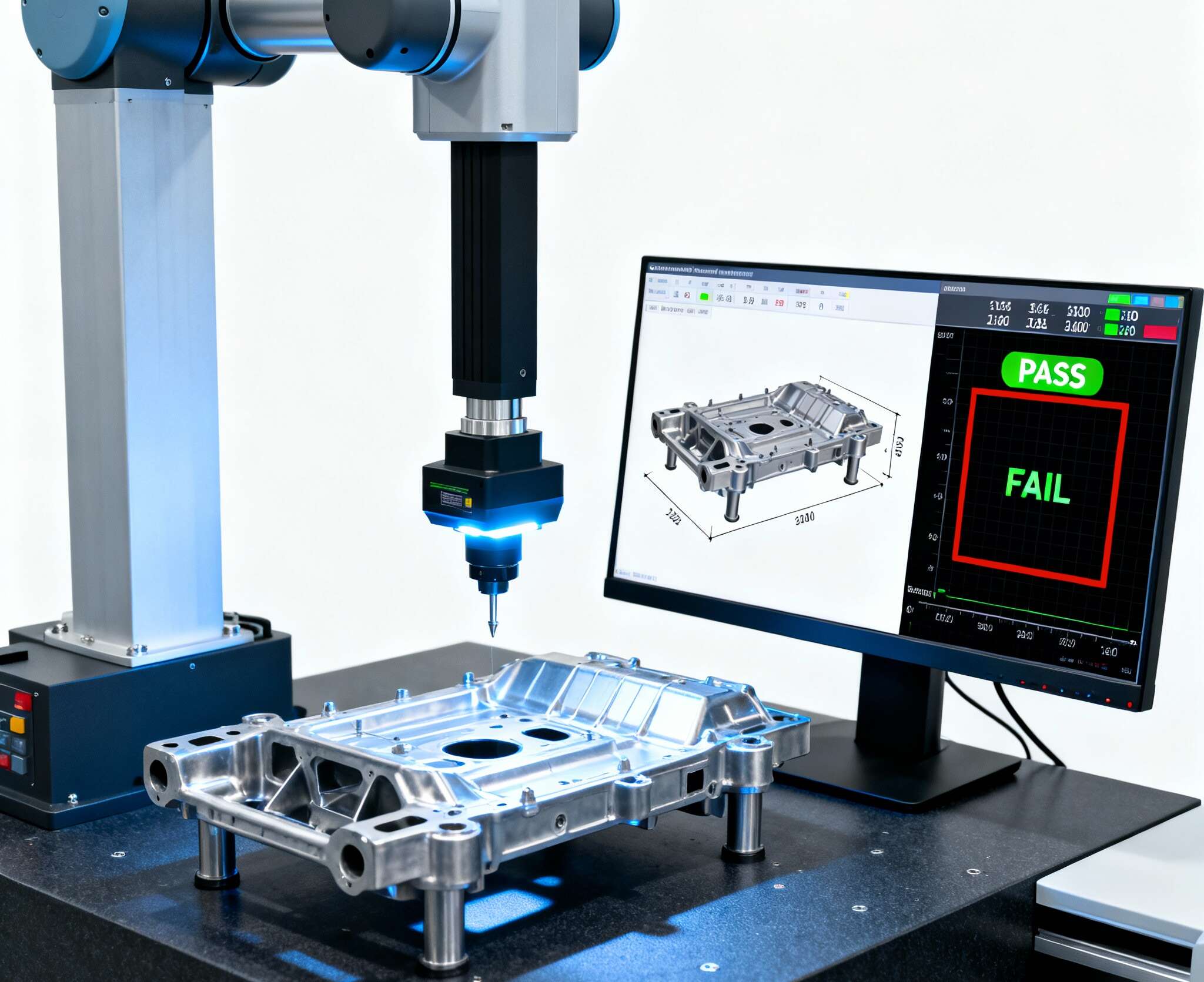
섀시용 AQL(ISO 2859-1 샘플링 계획)
모든 로트를 영원히 100%로 검사할 수는 없습니다. 우리는 AQL 를 위험과 비용 사이의 다이얼로 사용하세요.
- 다음에서 시작 일반 검사 레벨 II.
- 결함을 다음과 같이 등급화합니다. 크리티컬 / 메이저 / 마이너.
- 일반적인 대상입니다: 중요 AQL = 0, 주요 AQL = 2.5%, 마이너 AQL = 4.0%. 새 공급업체인가요? 프로세스가 안정화될 때까지 메이저를 1.0%로 조입니다.
- 에스컬레이션: 추세 변화가 보이면 레벨 3으로 이동하여 검사 강화를 사용하고, 프로세스가 안정적으로 유지되면 검사 축소로 이동합니다.
샘플링 테이블 예시(예시)
| 로트 크기(개) | 레벨 | 코드 | 샘플 크기(n) | AQL 크리티컬(0) - AC/RE | AQL 전공(2.5) - AC/RE | AQL 마이너(4.0) - AC/RE |
|---|---|---|---|---|---|---|
| 501-1,200 | II | K | 125 | 0 / 1 | 7 / 8 | 10 / 11 |
| 1,201-3,200 | II | L | 200 | 0 / 1 | 10 / 11 | 14 / 15 |
| 3,201-10,000 | II | M | 315 | 0 / 1 | 14 / 15 | 21 / 22 |
AC = AC 결함 ≤인 경우 수락, RE = RE 이상일 경우 거부. AQL이 0인 크리티컬의 경우, 하나 만으로도 충분히 불합격할 수 있습니다. 가혹한가요? 네. 그렇습니다. 하지만 다운타임은 더 가혹합니다.
섀시 용접 승인(ISO 5817 사고방식, 작업 현장 점검)
섀시는 브리지 거더가 아니지만 용접 품질이 신뢰성을 좌우합니다. 랙, 슬라이드 레일 및 GPU 브레이싱의 경우:
- 시각적 수용: 균열, 가장자리의 언더컷, 스톱 스타트 시 크레이터 구멍, 미용 부위의 번스루가 없습니다. 부드러운 발가락 전환.
- 스폿/투영 용접: 박리 테스트를 통해 너겟 크기를 확인하고, 하중을 전달하는 패턴(레일, 핸들)에 건너뛴 부분이 없는지 확인합니다.
- 로드 경로의 심 용접: 필요한 경우 연속 비드, 스패터 연마, 도면 또는 작업 지침 내에서 비드 높이 유지.
- 재작업 규칙: 용접 수리는 재검사가 필요하며, 열 변색이 코팅이나 전도도에 영향을 미치는 경우 청소해야 합니다.
실제로는 용접 수용을 다음과 같이 결합합니다. AQL=0 안전과 관련된 관절의 유무 확인을 위해. 여기서 도박을 하고 싶지 않으시다면, 저희도 마찬가지입니다.
특수 특성을 위한 프로세스 기능(Cpk/Ppk)
AQL 핸들 속성 (좋음/나쁨). For 변수 (치수), 실행 기능:
- 중요한 기능(카드 정렬, 레일 결합, 보드 차단): Cpk/Ppk ≥ 1.67. 용량이 부족하면 프로세스를 해제할 때까지 100% 검사를 잠급니다.
- 일반 기능(커버 평탄도, 슬롯 너비, 외관상 간격): Cpk/Ppk ≥ 1.33.
짧은 버전: 밀리미터의 드리프트가 썰매에 걸리거나 PCIe 라이저를 잘못 정렬할 수 있는 스택을 잡아주세요. 허용 오차가 점심을 먹게 만들지 마세요.
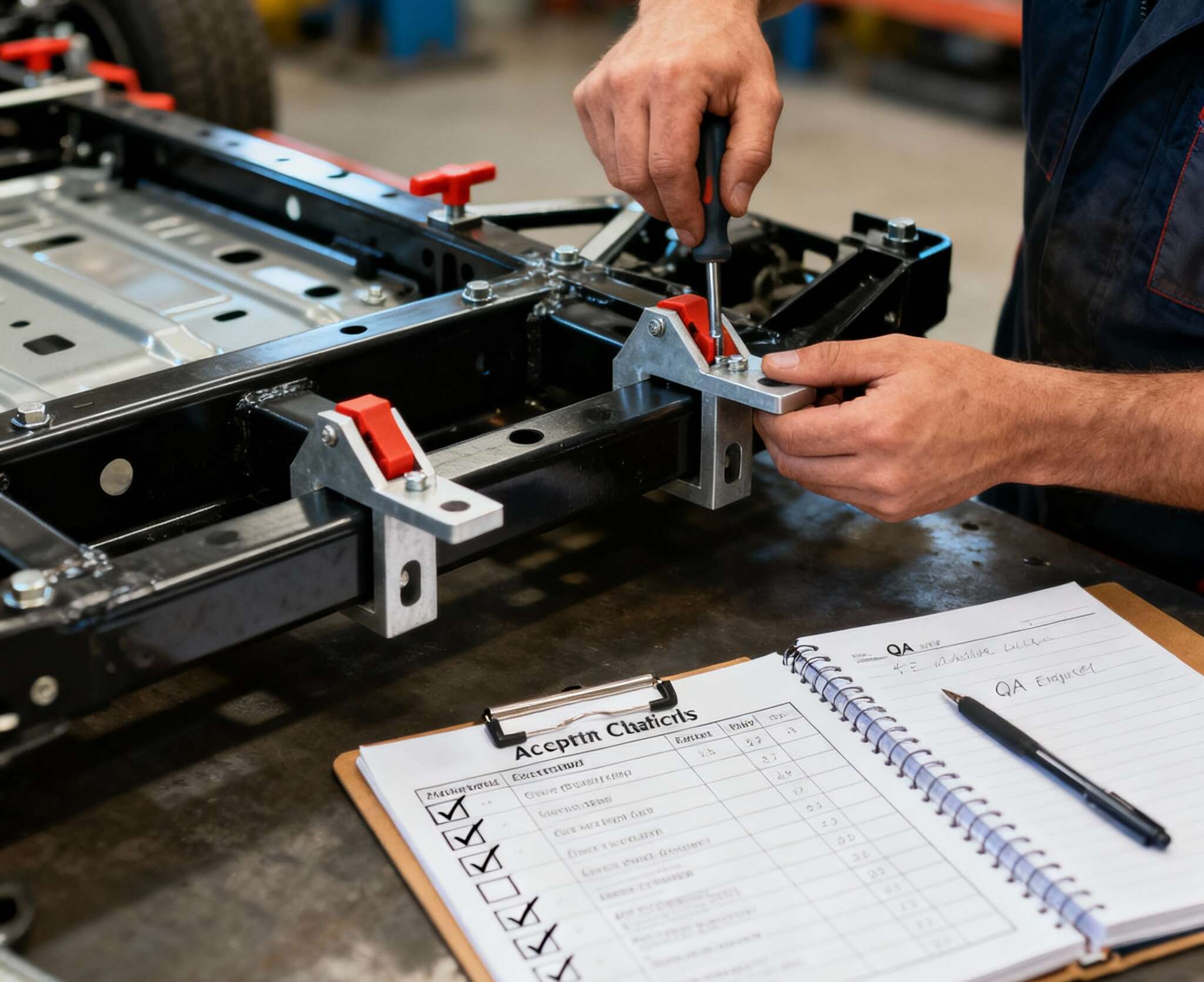
결함 범주, 조치 및 일반적인 섀시 예시
| 카테고리 | 일반적인 섀시 예시 | 고객 영향 | AQL 대상 | 실패 시 조치 |
|---|---|---|---|---|
| 중요 | 잘못된 스탠드오프 맵, 그라운드 보스 누락, 레일 브래킷의 느슨한 용접, PSU 베이 오 절단 | 서비스 차단, 중단 위험 | 0 | 중지선, 격리, 100% 정렬, 근본 원인, 재시작 전 최초 승인 |
| 전공 | 도어 래치 잘못 장착, 팬 벽 나사 구멍 오프 피치, 필터 프레임 뒤틀림, 케이블 트레이 날카로운 모서리 | 까다로운 설치, 높은 RMA 위험 | 2.5%(또는 새 빌드의 경우 1.0%) | 로트 포함, 시정 조치, 안정될 때까지 레벨 III으로 되돌리기 |
| 미성년자 | 작은 페인트 펜촉, 표시되지 않는 표면의 작은 흠집 | 화장품 전용 | 4.0% | 쉬우면 재작업, 그렇지 않으면 양보 규칙으로 수락 |
실제 시나리오: 랙 레벨 적합성 및 열 마진
상황: 고객이 200개의 혼합 GPU 노드 및 스토리지 트레이. 기술자들은 랙의 상단 1/3과 뜨거운 통로에서 트레이 바인딩이 뾰족해진다고 보고합니다.
확인 사항:
- 레일 투 레일 피치 랙 공급업체 사양(단순한 합격/불합격이 아닌 프로세스 기능 우선)을 비교합니다.
- 카드 보관 라이저 페이스 병렬 처리.
- 팬 벽에서 필터 갭까지-공기 바이패스는 CFM을 빼앗습니다.
- 코팅 빌드 접지 패드에서 전기적 연속성을 유지합니다.
격리: 중요 = 레일 구멍 피치 및 접지 지점의 AQL 0, 주요 = 래치 힘의 AQL 1.0, 페인트 얼룩의 마이너 = 4.0입니다.
수정: 다이 교체 후 심 키트 폐기; 코팅 마스크 넓어짐; 레일 피치에서 Cpk ≥ 1.67로 성능 향상. 작전이 다시 숨을 쉽니다. 마법이 아닌 훈련으로.
공급업체 관리 플레이북(엄격하지만 인간적인)
- 킥오프: 모든 신규 서버 PC 케이스 또는 컴퓨터 케이스 서버 폼 팩터. 황금 샘플은 잠긴 캐비닛에 보관됩니다(실제로).
- 제어 계획: 인쇄물에 ◆으로 특수 특성을 표시하고 측정 방법을 고정합니다(고정 장치 + 게이지 R&R 완료).
- 수신 중입니다: 위의 AQL 표를 사용하여 추세에 따라 에스컬레이션하고 안정이 지속되면 휴식을 취하세요.
- 변경 제어: 금형, 코팅 또는 용접 픽스처를 변경하려면 알림과 델타 FAI가 필요합니다. “괜찮다고 생각했습니다.”는 없습니다. 이 부분은 매우 중요합니다.
- 피드백 루프: RMA 태그에는 “트레이 42U에서 트레이 바인드”, “라이저 스큐”, “팬 도어 문지름'과 같은 정확한 고장 모드 단어가 포함되어 있어 공장에서 유령을 쫓아다니지 않아도 됩니다.
IStoneCase가 이를 섀시 프로그램에 적용하는 방법
우리는 불안정한 하드웨어를 감당할 수 없는 데이터 센터, AI 연구소, MSP에 제품을 공급합니다. 따라서 설계와 라인에 수용성을 구축합니다:
- 핏과 서비스를 위한 디자인: 실제로 걸림이 없는 도구가 필요 없는 트레이, 12VHPWR 구부러짐을 제거하는 케이블 채널, 걸림이 없는 팬 도어 등입니다.
- GPU 공기 흐름 현실화: 배플 지오메트리를 모델링한 다음 CFD뿐만 아니라 연기 및 온도 맵으로 검증합니다.
- 레일 및 가이드 무결성: 가이드 레일의 토크 조임 및 처짐 테스트, 고정 장치에 묶인 용접 맵.
- 문서화: 트래블러에는 AQL 플랜, 결함 이미지, 출발/착륙 게이지가 포함되어 있습니다. 새로운 운영자? 여전히 같은 관문을 통과합니다.
지정하는 경우 서버 랙 PC 케이스, 서버 PC 케이스, 컴퓨터 케이스 서버또는 ATX 서버 케이스, 를 통해 미리 알려주실 수 있습니다. 또한 사용자 지정 GPU 서버 케이스, 랙마운트 케이스, 벽걸이 케이스및 NAS 장치 기이한 공기 흐름이나 케이블 제약이 있는 경우. OEM/ODM은 우리의 일상이자 일괄 구매와 도매도 괜찮습니다.

빠른 참조 표(인쇄용)
결함 채점 및 승인
| 등급 | AQL | 일반적인 예 |
|---|---|---|
| 중요 | 0 | 잘못된 구멍 패턴, 접지 실패, 누락되거나 균열된 구조용접, 래치 고정 불가 |
| 전공 | 2.5% | 트레이 바인드, 잘못 배치된 팬 벽, 코팅의 언더 마스크, 날카로운 모서리 |
| 미성년자 | 4.0% | 작은 페인트 펜촉, 가벼운 흠집, 로고 중앙이 잘못됨 |
특수 특성에 대한 기능 임계값
| 기능 유형 | 기능 목표 | 측정 노트 |
|---|---|---|
| 레일 홀 피치, 스탠드오프 그리드, GPU 킵아웃 | Cpk/Ppk ≥ 1.67 | 픽스처 + MSA; x-bar/R 모니터 |
| 도어/래치 힘, 트레이 슬라이드 | Cpk/Ppk ≥ 1.33 | 보정된 힘 게이지 사용 |
| 외관상 틈새/평탄도 | Cpk/Ppk ≥ 1.33 | 필러 게이지 또는 레이저 스캔 |

